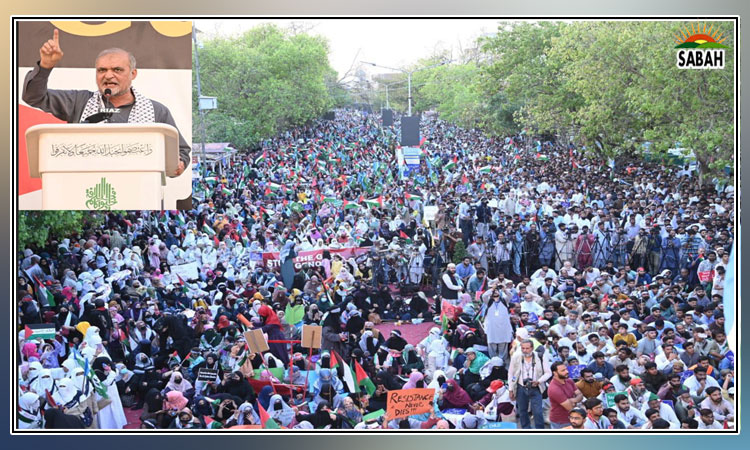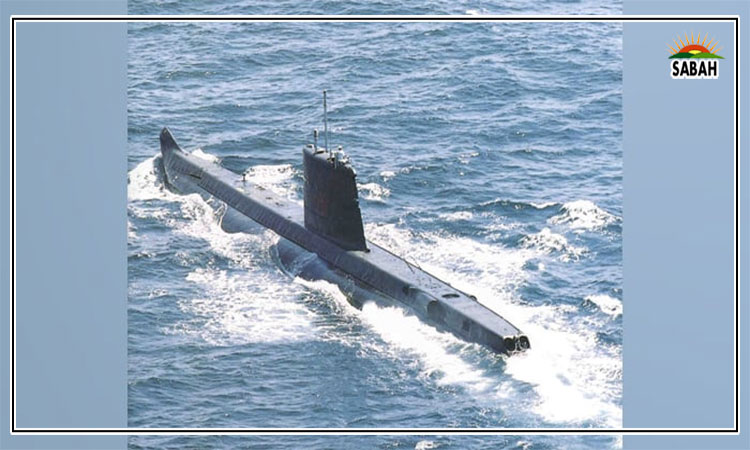Unsung acts of bravery … Nasir Khan
The Pakistan Navy’s submarine PNS/M Ghazi (S130) sailed out from the Karachi harbour on a fateful winter evening on November 14, 1971. Naval command had worked tediously on the pros and cons of this highly perilous mission.
They were aware that during this 3000-mile journey, Ghazi would have to pass precariously close to a number of Indian Naval installations, well-equipped to detect Ghazi’s presence. The heroics performed by Ghazi in the 1965 war were well known to the enemy too, however, at that time the sub was not in a 100 per cent sea-worthy condition.
But all these risks and apprehensions became secondary, taking into consideration the strategic nature of the mission: “to prevent at all costs giving a free hand in the Bay of Bengal to the Indian Navy’s eastern command in general and its sole aircraft carrier INS Vikrant in particular”.
PNS Ghazi thus proceeded to Visakhapatnam, and reached the port’s entrance on November 30, 1971, undetected by the enemy. Imagine the courage, mettle, resolution of these 93 men inside the ship, who had known all the time that any second could be their last, since they were sailing in close proximity of Indian naval bases.
While lying in wait for the aircraft carrier, the submarine commenced laying mines in Visakhapatnam near the mouth of the harbour as ordered by the NHQ. Reaching Visakhapatnam at the appointed time and complying with NHQ instructions to commence laying a minefield at the entrance to the principal Indian naval port at Visakhapatnam was in itself a great achievement.
Ghazi was a second world war Vintage Class submarine and the long, long journey had taken its toll on the engine. What transpired thereafter is shrouded in mystery. From what could be inferred from reports published over the years, Ghazi did not meet its end through enemy action, as initially claimed by the Indian Navy.
Her loss is attributed to an internal explosion in its FTR (forward torpedo room), triggered most likely as a result of the explosion of one of the batteries in the forward battery compartment which shared a common bulkhead with the FTR.
Two closely spaced massive explosions were reportedly heard by the residents of Visakhapatnam around midnight of December 3/4. These loud explosions most likely sounded the death knell of the submarine PNS Ghazi.
The Pakistan Navy, for its part, named the naval base in Islamabad as PNS Zafar after the submarine’s commanding officer. Other Naval installations were also named and linked to Ghazi.
However, a simmering discontent feeling exists that the ultimate sacrifice offered by the submarine’s valiant crew has largely gone unrecognized and unreported owing to the secrecy surrounding the submarine’s sailing, its mission, and its end.
The chain of success has many links, but the closing link is always of destiny. Ghazi’s crew successfully completed the links of courage, grit, guile, and all other links except the link of destiny which Allah has kept in His command.
It is now considered opportune that the valour and steadfastness displayed by the submarine’s crew in traversing 3000 miles of hostile waters to lay mines in 100ft deep water should not be allowed to be forgotten and buried under the sand dunes of time and it must be nationally recognized.
It is thus recommended that the valiant crew of the gallant submarine is made eligible for the award of Nishan-e-Shujaat ‘posthumous’ and the medal be bestowed on the submarine as a ‘campaign medal’ for its operations in the 1971 war.
The writer is the brother of Lt Asif Zaman Khan PN (shaheed), a valiant crew member of PNS Ghazi.
Courtesy The News












